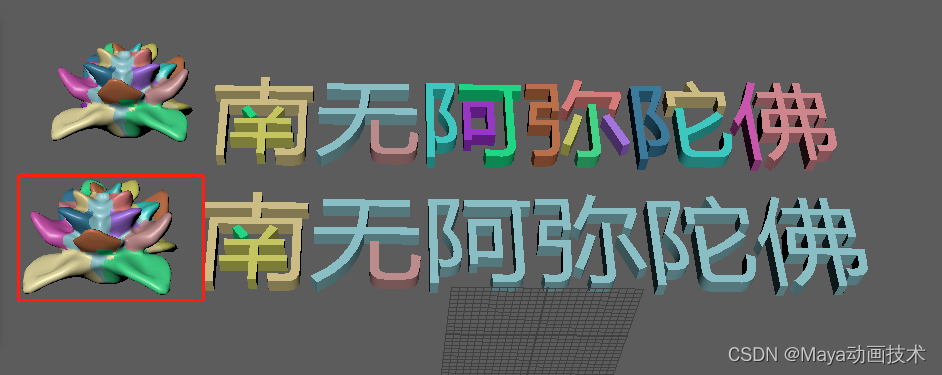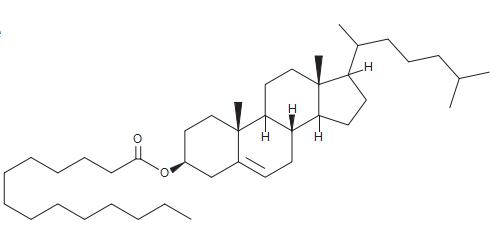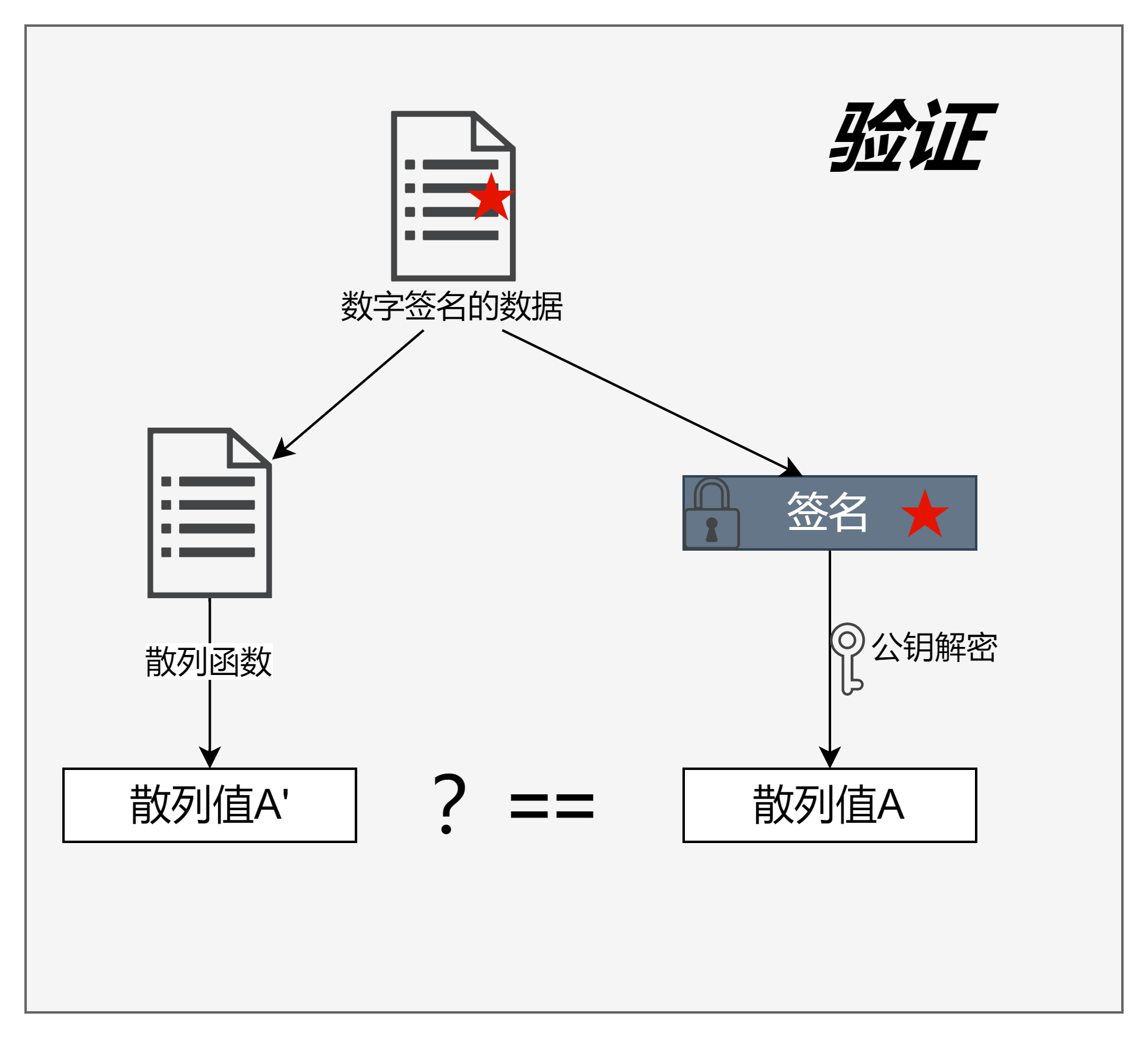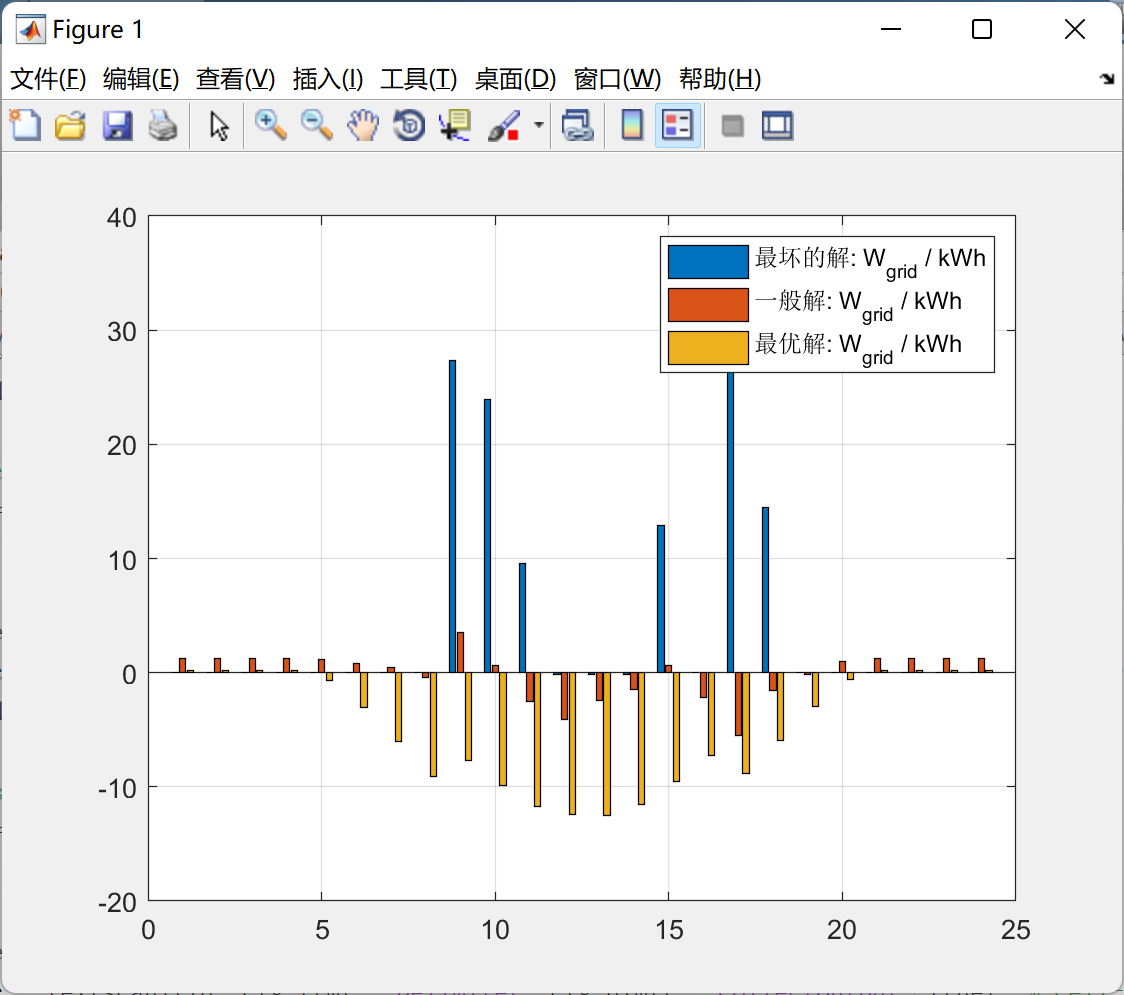
翻译:
给你一个整数𝑛。找到一个由𝑛不同整数组成的序列𝑎1,𝑎2,…,𝑎𝑛,使得对于所有𝑖和
马克斯(𝑎1𝑎2,…,𝑎𝑛)−min(𝑎1𝑎2,…,𝑎𝑛)=𝑎1 +𝑎2 +⋯+𝑎𝑛 ‾‾‾‾‾‾‾‾‾‾‾‾‾‾‾‾ √。
可以证明存在一个完全不同的整数序列,它满足上述所有条件。
输入
第一行输入包含𝑡(1≤𝑡≤104)—测试用例的数量。
每个测试用例的第一行也是唯一一行包含一个整数𝑛(2≤𝑛≤3⋅105)——你必须找到的序列的长度。
𝑛对所有测试用例的和不超过3⋅105。
输出
对于每个测试用例,输出𝑛空格分隔的不同整数𝑎1,𝑎2,…,𝑎𝑛,满足语句中的条件。
如果有几个可能的答案,您可以输出其中任何一个。请记住您的整数必须是不同的!
例子
inputCopy
3.
2
5
4
outputCopy
3个1
20 29 18 26 28
25 21 23 31
请注意
在第一个测试用例中,最大值为3,最小值为1,总和为4,且3−1=4形式√。
在第二个测试用例中,最大值为29,最小值为18,和为121,且29−18=121将会被视为121,将会被视为121,将会被视为121。
对于每个测试用例,整数都是不同的。
思路:n个数字,我们可以用类似于解方程的方法写出来(?),我们设n个数最大值是x,最小值是y,令x-y=n,所以n个数的总和就是n^2,所以每个数的值都得等效于n,因为数字不同,所以我们利用凑和的思想,每两个加一起等于2n,这样两个数字就等效于n,最大肯定和最小相加,所以x+y=2n,我们可以解出来x=3n/2,y=n/2;但是结果要求整数,这种情况不一定能保证是整数。所以我们扩大一下x-y的值,令x-y=2n,n个数总和就是4n^2,所以每两个数加和是8n,x+y=8n,x=5n,y=3n。这样的话,我们要的值可以从x和y的边界向内取,如果n为奇数的话,就单独取一下中间的即可。不懂的可以动手模拟~~
代码:
#include <iostream>
#include <algorithm>
#include <string.h>
#include <string>
#include <math.h>
#include <stdio.h>
#include<vector>
#include<queue>
#include<map>
#include<set>
#include<tuple>
#include<numeric>
#include<stack>
using namespace::std;
typedef long long ll;
int n,t;
inline __int128 read(){
__int128 x = 0, f = 1;
char ch = getchar();
while(ch < '0' || ch > '9'){
if(ch == '-')
f = -1;
ch = getchar();
}
while(ch >= '0' && ch <= '9'){
x = x * 10 + ch - '0';
ch = getchar();
}
return x * f;
}
inline void print(__int128 x){
if(x < 0){
putchar('-');
x = -x;
}
if(x > 9)
print(x / 10);
putchar(x % 10 + '0');
}
void solv(){
cin>>n;
int zz=3*n;
int yy=5*n;
for (int i =0; i<n-2; i+=2) {
printf("%d ",zz);
printf("%d ",yy);
zz++,yy--;
}
if (n%2) {
printf("%d ",4*n);
}
else{
printf("%d %d",zz,yy);
}
printf("\n");
}
int main(){
ios::sync_with_stdio(false);
cin.tie(); cout.tie();
cin>>t;
while (t--) {
solv();
}
return 0;
}















![[附源码]Python计算机毕业设计Django预约挂号app](https://img-blog.csdnimg.cn/edec0154433e44e1ab04d30845442be9.png)



